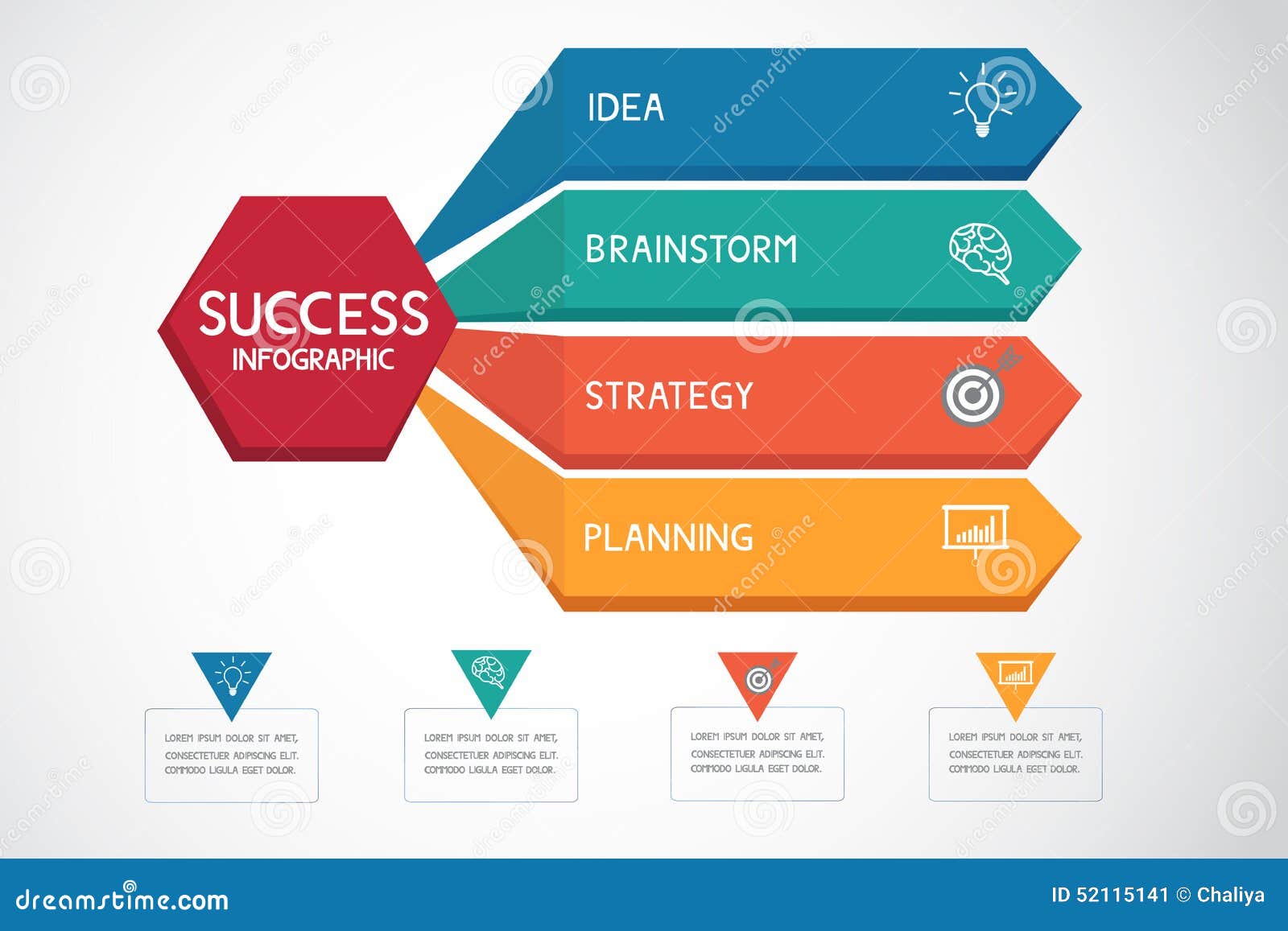The Development Of Website Design: From Past To Present
The Development Of Website Design: From Past To Present
Blog Article
Article Created By-Tobiasen Peters
In the past, websites were straightforward and concentrated on info. Navigation was direct, and layout was for desktops. Now, customer experience is key. Information guides designs for very easy navigating. Responsive designs suit various devices. https://www.google.com/maps/place/Moon+and+Owl+Marketing/@32.9757271,-106.5344695,1840583m/data=!3m1!1e3!4m6!3m5!1s0x864ddeaa4179705b:0x488d41d2cc6b9750!8m2!3d32.9757271!4d-97.5696258!16s%2Fg%2F11b6mpccrg?entry=ttu&g_ep=EgoyMDI1MDIxMS4wIKXMDSoJLDEwMjExNDUzSAFQAw%3D%3D , dark setting lowers strain, and minimal food selections enhance navigation. Interactive functions involve users, and vibrant visuals stand out. AI integration increases interaction. See just how style has actually evolved to improve your online trip.
Early Days of Website Design
In the early days of website design, simpleness preponderated. Websites were standard, with restricted shades, typefaces, and formats. The focus was on supplying details instead of fancy visuals. Customers accessed the web through sluggish dial-up links, so rate and capability were vital.
Navigating menus were straightforward, typically located at the top or side of the web page. Web sites were created for desktop, as mobile browsing wasn't yet widespread. Content was king, and developers focused on simple readability over complex layout components.
HTML was the primary coding language utilized, and designers needed to work within its constraints. Computer animations and interactive functions were marginal contrasted to today's requirements. Internet sites were fixed, with little vibrant material or customized customer experiences.
Surge of User-Focused Layout
With the advancement of website design, a shift in the direction of user-focused design concepts has come to be increasingly popular. Today, creating sites that focus on individual experience is critical for engaging visitors and accomplishing company objectives. User-focused design entails recognizing the requirements, choices, and actions of your target market to customize the site's format, material, and features appropriately.
Developers currently conduct detailed research, such as user studies and functionality testing, to gather understandings and comments straight from individuals. This data-driven approach helps in creating instinctive navigating, clear calls-to-action, and aesthetically appealing interfaces that resonate with visitors. By positioning the individual at the facility of the layout procedure, sites can supply an extra individualized and satisfying experience.
Receptive design has actually additionally emerged as a key element of user-focused layout, ensuring that web sites are enhanced for different devices and display sizes. This adaptability boosts ease of access and use, satisfying the varied ways users communicate with websites today. In essence, the increase of user-focused design symbolizes a shift towards developing digital experiences that focus on the demands and expectations of completion individual.
Modern Trends in Website Design
Discover the current fads shaping website design today. One noticeable fad is dark setting style, providing a streamlined and modern appearance while decreasing eye strain in low-light settings. An additional key pattern is minimal navigating, simplifying menus and improving individual experience by concentrating on essential elements. Integrating micro-interactions, such as animated buttons or scrolling impacts, can create a much more engaging and interactive web site. Responsive design continues to be vital, making sure seamless customer experiences across numerous devices. Additionally, using vibrant typography and unbalanced designs can include aesthetic passion and draw attention to certain web content.
Integrating AI innovation, like chatbots for customer assistance or personalized suggestions, enhances user engagement and streamlines procedures. Ease of access has also end up being a substantial pattern, with developers focusing on comprehensive layout practices to deal with varied user requirements. Accepting sustainability by optimizing internet site efficiency for rate and performance is one more arising trend in website design. Collaborating with individual responses and data analytics to repeat and boost design continually is vital for staying appropriate in the ever-evolving digital landscape. By welcoming Aesthetic Medicine SEO Consulting , you can produce an aesthetically enticing, user-friendly web site that reverberates with your target market.
Conclusion
As you review the development of website design from the early days to currently, you can see how user-focused style has become the driving pressure behind modern fads.
Welcome the trip of adjustment and adjustment in web design, constantly keeping the customer experience at the leading edge.
Keep present with the most up to date patterns and innovations, and never ever stop progressing your technique to produce visually sensational and easy to use web sites.
Develop, adjust, and develop - the future of web design is in your hands.
